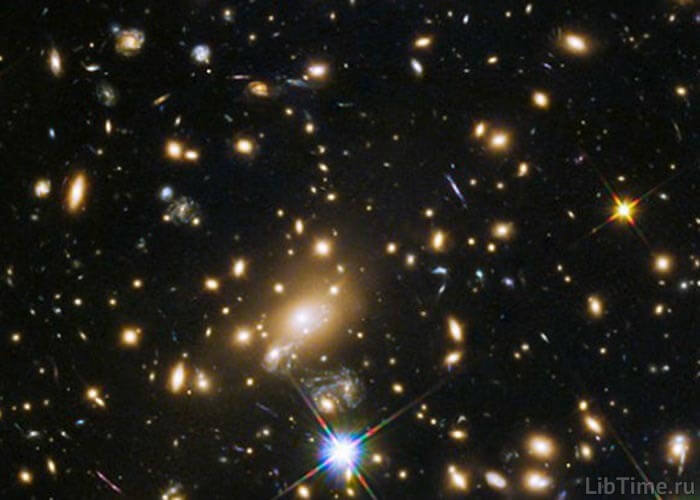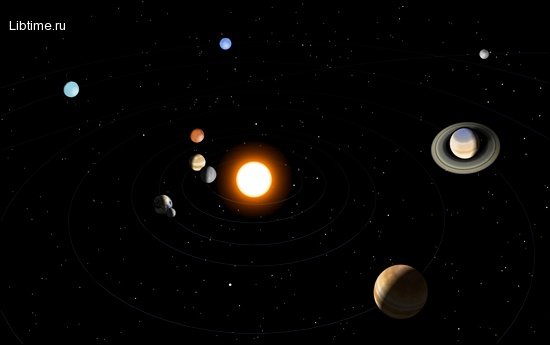Quasars in the Universe
Quasars in the Universe were discovered by M. Schmidt in the early 1960s, somewhat earlier than pulsars.
Australian astronomer Cyril Hazard clarified the position in the sky of a powerful source of radio emission and found that in place of this source is a tiny star. When they examined its spectrum, it turned out that it is extremely far from us and, accordingly, very quickly away from us.
It is impossible to see a single star at such a distance, so it is not a star, but a Galaxy in the Universe. In 1963, Soviet scientists Yuri N. Efremov and A. S. Sharov simultaneously with American astronomers found that the "Hazard Galaxy" periodically changes its brightness, and the period of change in brightness - just one week.
This was already interesting. Astronomers had not yet encountered Galaxies that could wink at them so frequently. For example, our Galaxy has a diameter of a hundred thousand light years, it includes 150 billion stars, and to imagine that all of them suddenly begin to synchronously change their brightness, is completely impossible. Since the discovery of the first quasar has passed almost sixty years. But there is still no complete solution to the mysterious pulsation.
Black hole
Most scientists are inclined to believe that the phenomenon of the quasar is associated with the collapse of matter, with its state, which we are unlikely to be able to reproduce in Earth's laboratories even in the fairly distant future. The star is dying, "falling into itself" - a giant cluster of matter shrinks under the action of a powerful gravitational field.
This compression will first be stopped by temperature and ray backpressure, then by absolute compaction to the density of neutron stars. And if the mass of the shrinking matter turns out to be even greater, the gravitational field - even more powerful? The resistance of neutron matter would then be insufficient, and compaction would continue.
Further there are no new barriers, and the gravitational field will compress the mass into a point with no dimensions? No, there is a limit after all. But it's a very special limit that time puts in front of matter. This effect was predicted by Albert Einstein: in large gravitational fields, time moves slower. If the magnitude of the field exceeds a certain, though, extremely large value, time stops altogether. However, it stops only for the outside observer.
A collapsing object
Suppose that inside a collapsing object there is a radio transmitter with a clock mechanism that turns it on every five minutes. The first signal would be heard by an outside observer at the right time, the second signal would reach the observation point one minute late, the third signal five minutes late, the fourth signal half an hour late, the fifth signal several months late, and the sixth signal millions of years late.
The seventh signal would never arrive. That's how the time dilation effect would manifest itself. This effect should be the last obstacle to the rapid compression of collapsing, falling "inside itself" star. Calculations have established that for any material formation there is a certain minimum volume described by the Schwarzschild formula.
If the substance is compressed to such a minimum volume, it enters a new state, time practically stops in it, all internal processes stop: matter inside the "Schwarzschild sphere" becomes invisible and not detectable at all. It does not emit any rays, for radiation is connected with motion, and there is no motion in it.
Nor can it be detected by a locator, for any ray that reaches it will be absorbed by it and will never return. A spaceship or interstellar wanderer, an asteroid, captured by its powerful gravitational field, will be crushed, compressed and attached to the collapsing mass.
Only by the super-powerful gravitational field and can be detected such a compressed to fantastic density clot of matter, which astrophysicists figuratively called a black hole.
Currently, with the help of powerful radio and optical telescopes astrophysicists have established that quasars are not stars or galaxies, but star-shaped objects that emit a huge amount of energy.


